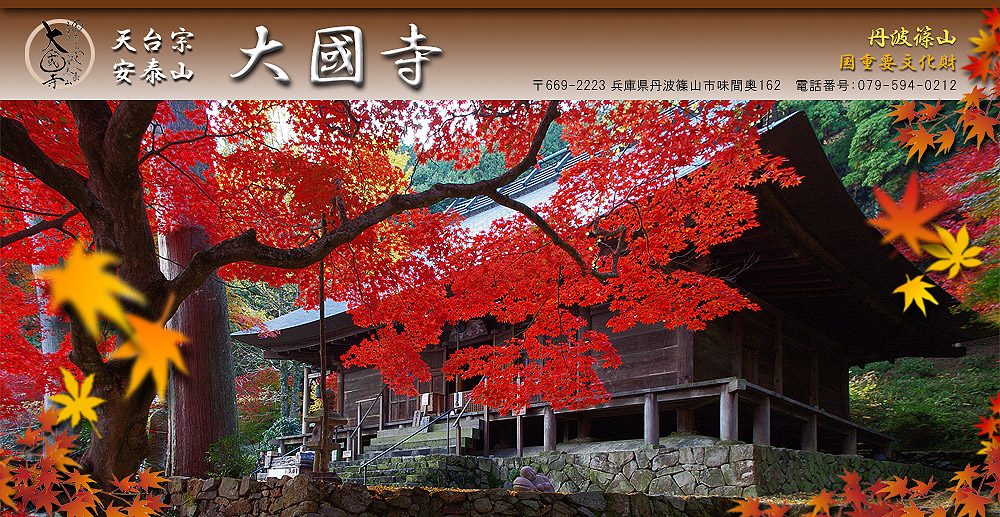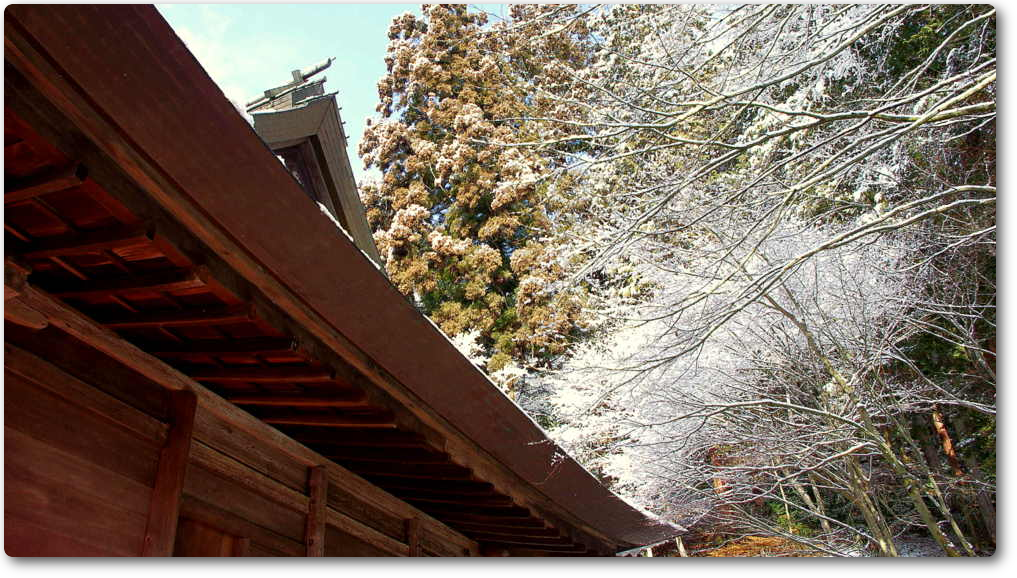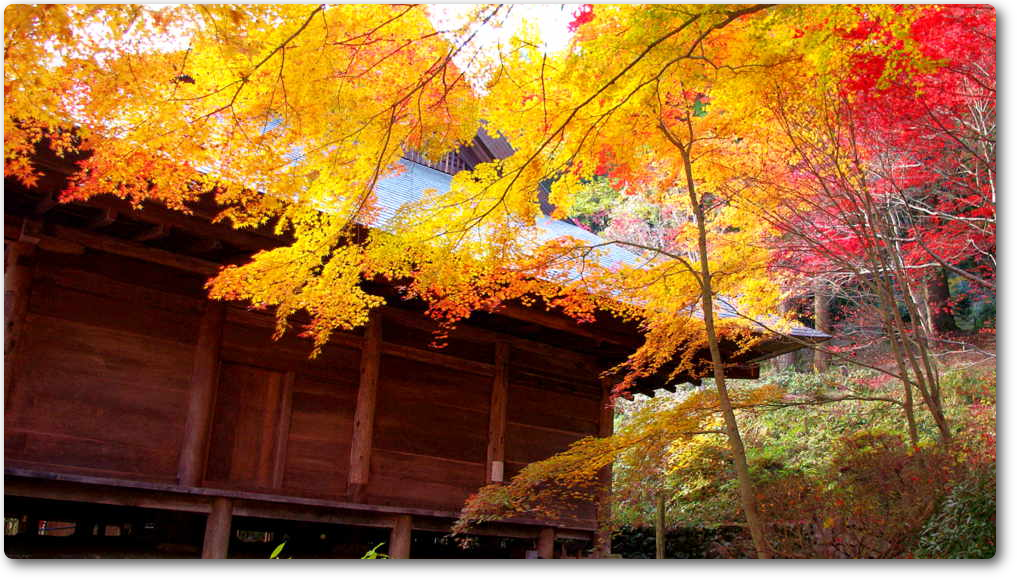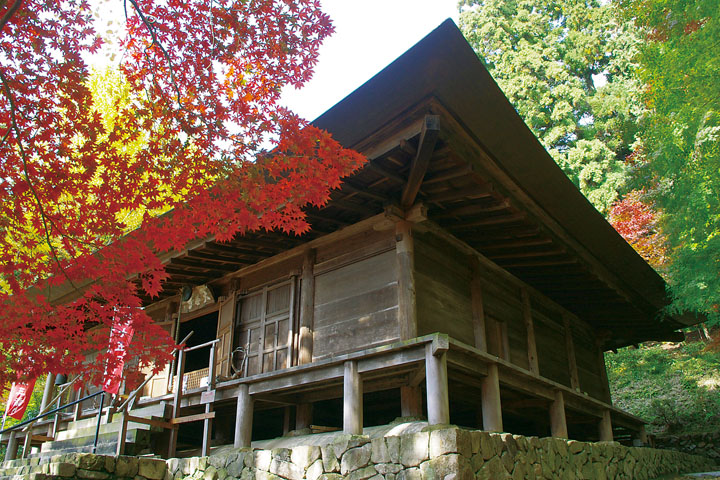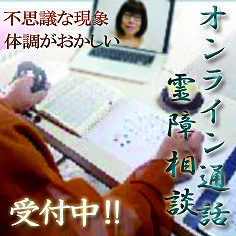English-1
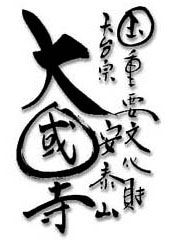
National Important Cultural Property
Tendai Buddhism
Antaizan
Daikokuji Temple

------------
History
It is said that the Daikokuji Temple was built during the Taika Era of the Asuka Period by Hsien Kuhatsu as a petition for the peace and security of the people of Japan. He enshrined a Buddhist Yakushi Nyorai statue, which he made himself.
In the Seiwa Era at the end of the Kamakura Period, the main temple was rebuilt according to the wishes of Priest Hanazono and it was given its current name, Antaizan Daikokuji Temple. It was built with the most advanced techniques of the time using a blend of Chinese and Japanese styles.
In 1922, five Buddhist statues in the temple were designated as National Important Cultural Properties.
In 1961, the main temple building was designated as a National Important Culture Property.
------------
Cultural Properties
------------
Main temple building
National Important Culture Property (1961)
Built in the Muromachi Period with a blend of Japanese and Chinese styles.
------------
------------
------------
Buddhist Statues
National Important Culture Properties (1922)
These statues were carved in the Heian Period and are representative of Tamba Buddhist statues.

------------
•Seated Buddhist Yakushi Nyorai Statue
This statue represents the Trikaya doctrine. It is a very valuable statue and is very rare in that it contains the typical elements of the Fujiwara Period, such as a halo, a crown, and the lotus position.
•Dainichi Nyorai Zazo and Amida Nyorai Zazo
These are enshrined as Kyoji statues (statues that accompany a central Buddha figure).
•Jikoku-Tenrituzou and Zoujyou-Tennritsuzou
These exceptional statues are from the Fujiwara Period and portray the Fujiwara style and the Japanese emotion of awe.
▼
